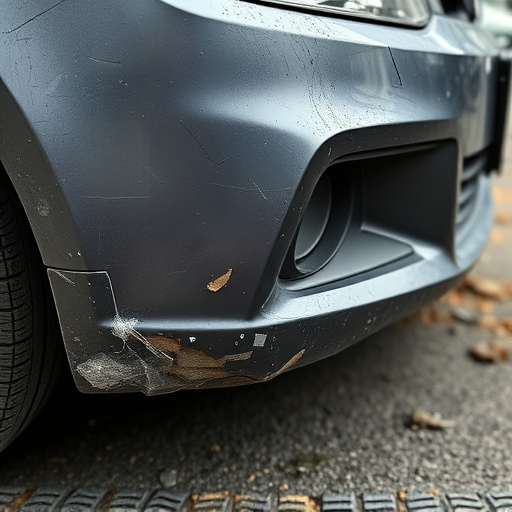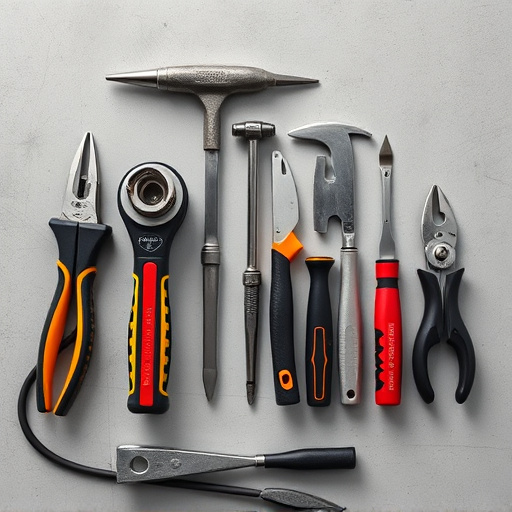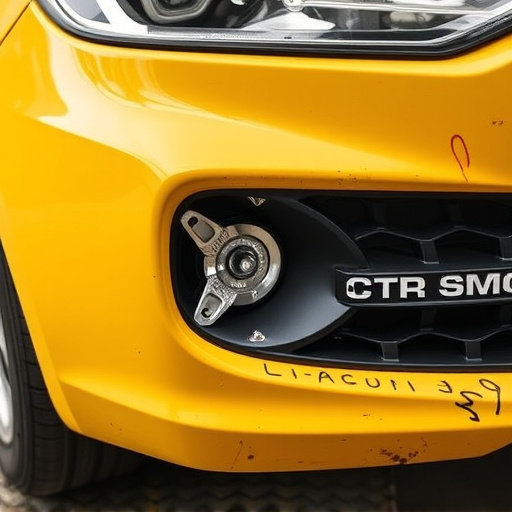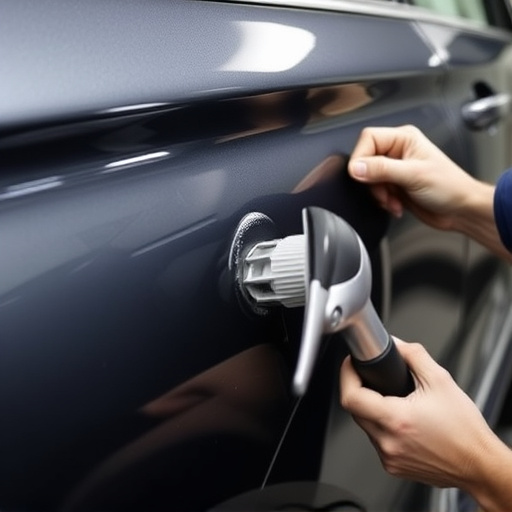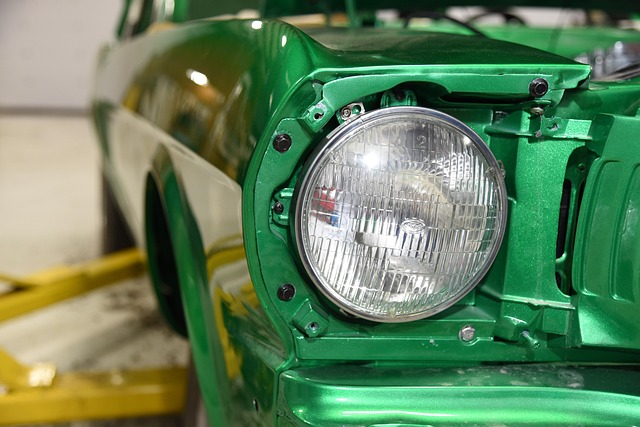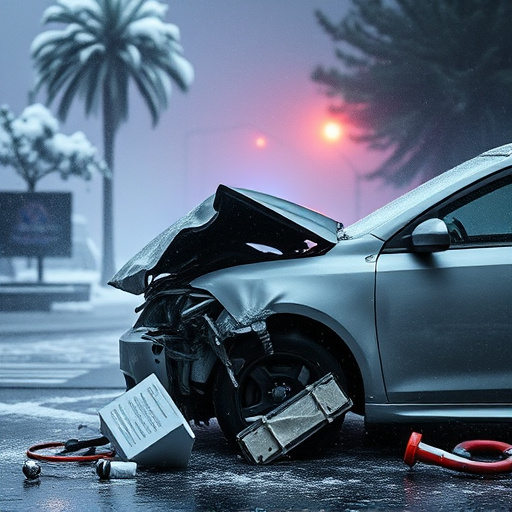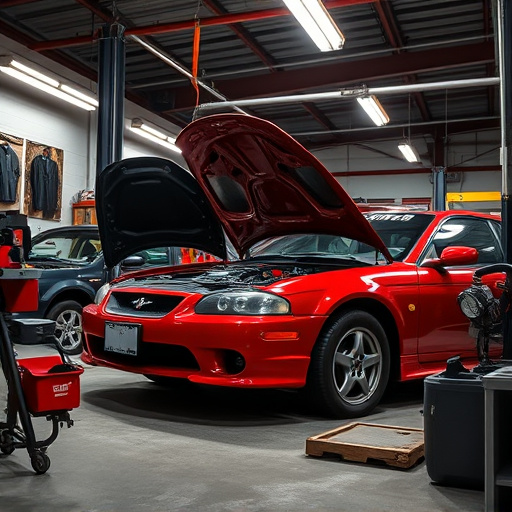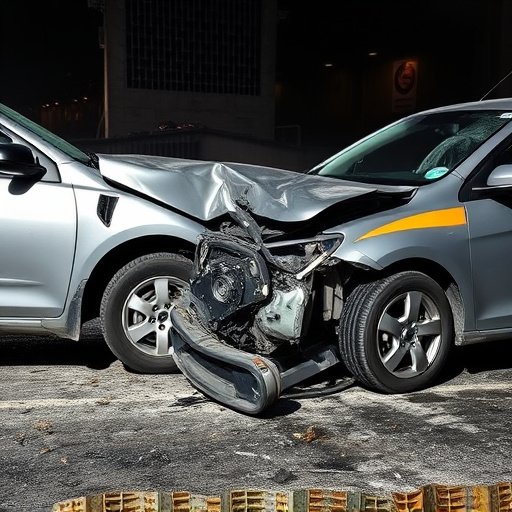Collision repair audits identify areas for improvement in automotive bodywork shops, revealing common issues like misaligned panels, improper paint matching, and poor documentation. Addressing these through staff training and advanced equipment enhances professionalism and service quality. Shops should analyze audit findings, implement targeted improvements, conduct regular quality checks, and establish feedback loops for continuous progress, tracking with follow-up audits to maintain high standards and customer satisfaction in the collision repair market.
Collision repair audits are essential for maintaining quality and safety standards in automotive shops. This article delves into the critical process of addressing deficiencies identified during such audits, focusing on strategies to rectify common issues. We explore effective methods for shop teams to enhance their skills and processes, ensuring compliance and customer satisfaction. By implementing best practices post-audit, collision repair facilities can strive for continuous improvement, fostering a culture of excellence in their operations.
- Identifying Common Deficiencies in Collision Repair Audits
- Strategies for Effective Addressing of Found Shortcomings
- Best Practices for Continuous Improvement Post-Audit
Identifying Common Deficiencies in Collision Repair Audits

Collision repair audits are a critical process for identifying areas where shops can improve their services and ensure high-quality vehicle bodywork repairs. During these audits, several common deficiencies often come to light, providing a roadmap for enhancement. One of the primary issues is the misalignment of panels, which can occur due to inadequate training or rushed work, leading to unsightly gaps and an uneven finish. Another frequent finding involves improper paint matching; while advanced technology aids in color accuracy, human error or subpar products may result in visible discrepancies between new and repaired areas.
Additionally, audits may reveal inadequate documentation or lack of adherence to industry standards, impacting the overall professionalism of the collision repair process. These deficiencies underscore the importance of regular training sessions for staff and the adoption of cutting-edge equipment to stay ahead in the car collision repair industry.
Strategies for Effective Addressing of Found Shortcomings

When deficiencies are identified during collision repair audits, shops must employ strategic and comprehensive approaches to rectify them effectively. The first step involves a thorough analysis of the findings, breaking down each shortcoming into actionable components. This process enables technicians to pinpoint specific areas for improvement within their car bodywork services. Once identified, implementing targeted training programs can significantly enhance the skills of staff involved in fender bender repairs and car body repair processes.
Moreover, establishing clear communication channels ensures that all team members are aligned with the audit’s recommendations. Regular quality control checks post-repair further reinforce adherence to industry standards. By integrating these strategies, shops can systematically address collision repair audit findings, thereby improving overall service quality and customer satisfaction in car body repair.
Best Practices for Continuous Improvement Post-Audit
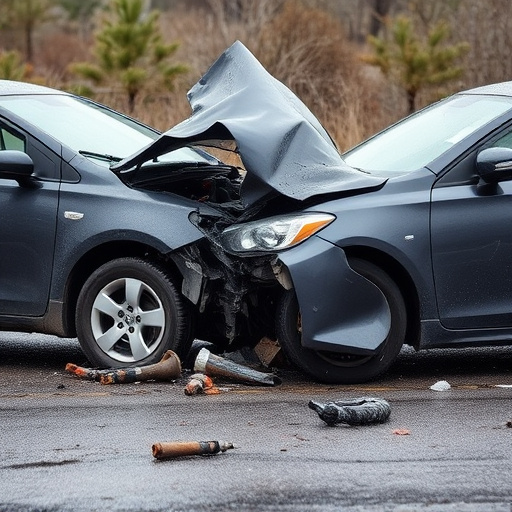
After a collision repair audit, many shops have an opportunity to reflect on their performance and identify areas for improvement. Best practices for continuous enhancement post-audit involve implementing systematic changes based on the findings. One key strategy is establishing a structured feedback loop where auditors’ insights are meticulously documented and shared with relevant teams. This ensures that no recommendations are overlooked and encourages a culture of open communication.
Shops should set clear, measurable goals aligned with the audit’s outcomes. For instance, if the audit reveals inefficiencies in luxury vehicle repair processes, the shop might focus on streamlining work flows or investing in advanced training for staff. Regular follow-up audits can then assess progress, allowing shops to continuously refine their practices and maintain high standards across auto repair services, ultimately enhancing customer satisfaction and retaining a competitive edge in the collision repair market.
Collision repair audits are critical tools for identifying and rectifying shortfalls in shop operations. By systematically addressing the common deficiencies outlined, automotive facilities can enhance their services, maintain customer satisfaction, and foster a culture of continuous improvement. Implementing effective strategies and best practices ensures that shops not only pass future audits but also consistently deliver high-quality collision repair work.



